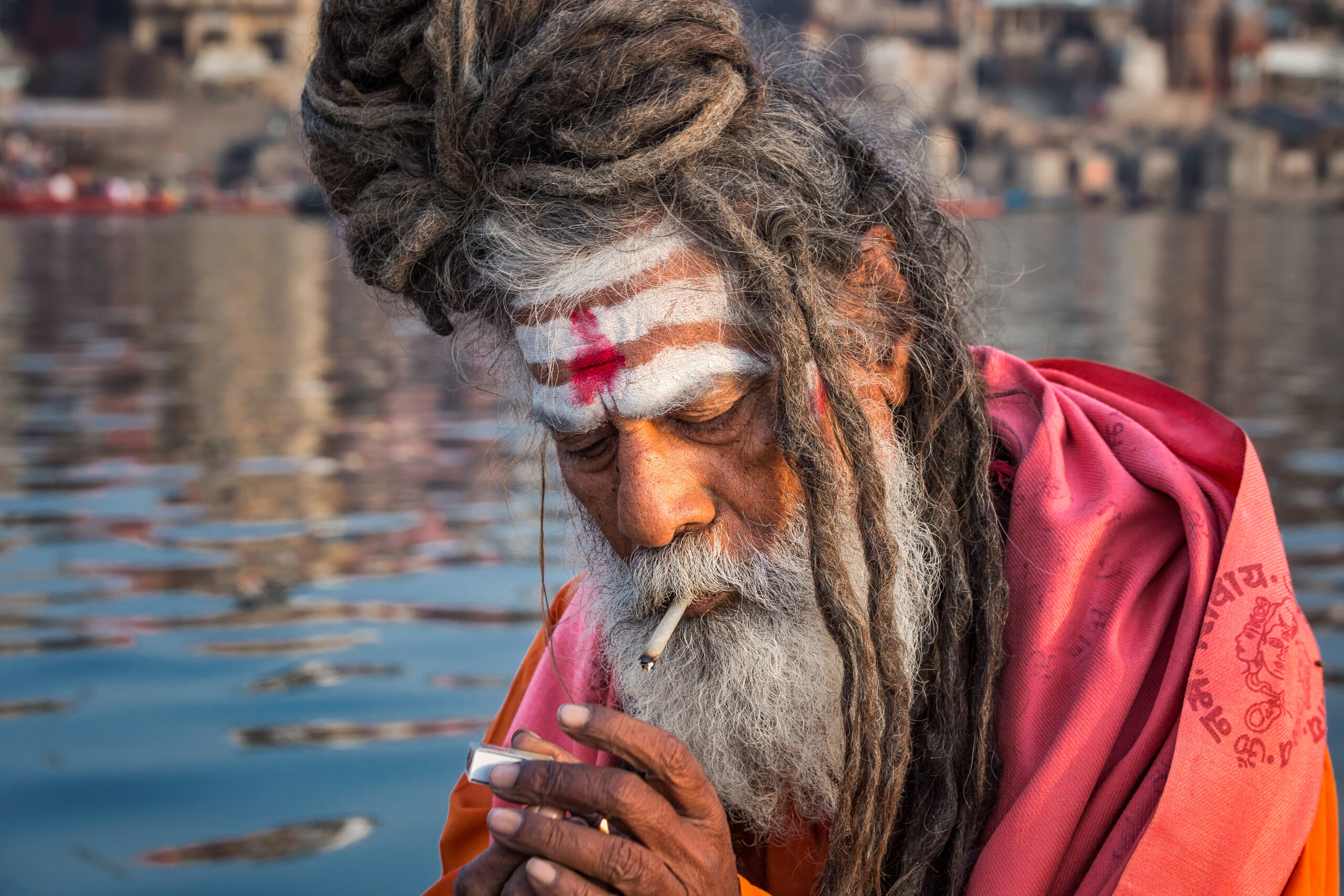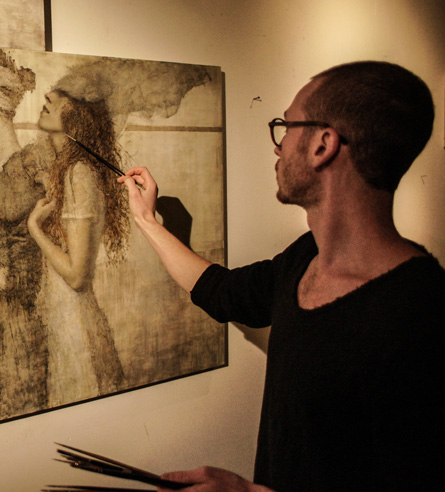The history of Jamaica is a story of change and cultural shift. Like many other places that have been shaped by centuries of trade, it is a gumbo of culture, both unique and appropriated from others. Originally, Jamaica was populated by the native Taino Indians. After the arrival of Columbus to the New World, the native population was almost entirely decimated. Spanish landowners helped perpetuate the slave trade that brought thousands of West Africans to work their farms.
After the English defeated the Spanish in 1655, they helped transform the main source of the island’s wealth from piracy to sugarcane. They brought hundreds of thousands more West Africans to be slaves on the island, forever changing its racial demographic.
Slavery was outlawed in 1834 in the British Empire. The English began to send tens of thousands of indentured servants from India to take care of the labor required to sustain the cane fields and sugar industry. A percentage of these laborers were the deeply spiritual Sadhus. Among other things, they introduced the island to curry and traditional Hindu customs such as dreadlocks, following a vegetarian diet and smoking ganja for spiritual and medical purposes. The word ganja itself is a derivation of the Hindi word for hemp, gā̃jā.
Rastafarianism had been introduced in the 1930s, inspired by Marcus Garvey’s Pan-African vision of a return to the homeland of Zion, a denouncement of colonialism’s dark past and a reclamation of the rich history of Africans and their culture. Rastafari’s earliest converts were poorer populations and women. It was both revered for and discriminated against as a rebel movement, the spark that could light the fire of rebellion or renaissance to the African diaspora.
Rastas believed in an adapted version of the Christian Bible, referred to as Rastology, and adopted the idea of reincarnation. Former Ethiopian Emperor Haile Selassie was believed by some to be an inspired prophet and to others, a reincarnation of Jesus.
Leonard Percival Howell was one of the first Rastafarian preachers and went by the nickname The Gong, a shortened version of the Hindi word for great king. It’s no coincidence that Bob Marley, one of Rastafarianism’s most famous converts and advocates, would later adapt the nickname Tuff Gong and create a record label by the same name.
The fact that Rastafarian culture was influenced by India and other countries, does not reduce its importance and legacy. For many people worldwide, the Rasta is a symbol of revolt, strength in the face of oppression and faith being stronger than fear.
It’s no wonder that visitors to Jamaica and other areas of the Caribbean feel they have stepped into another world. It has been both shaped and scarred by influences well beyond its shores. It’s food, religion and music have been born of this creole of culture. The Rastas have helped to remind us of the sacredness of this herb; they model how it can be incorporated into a life that values positivity and belief.
We have a lot to live up to.





